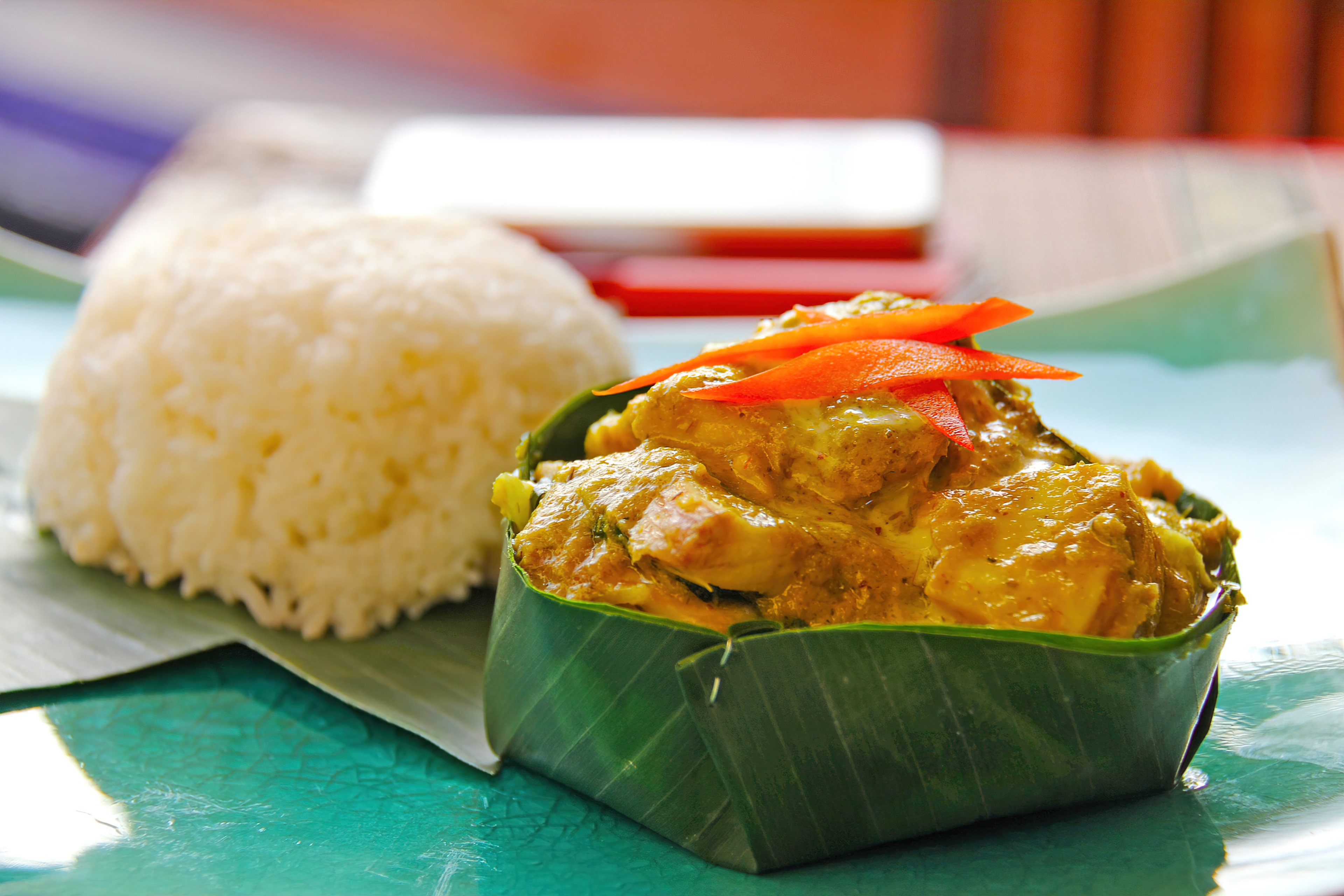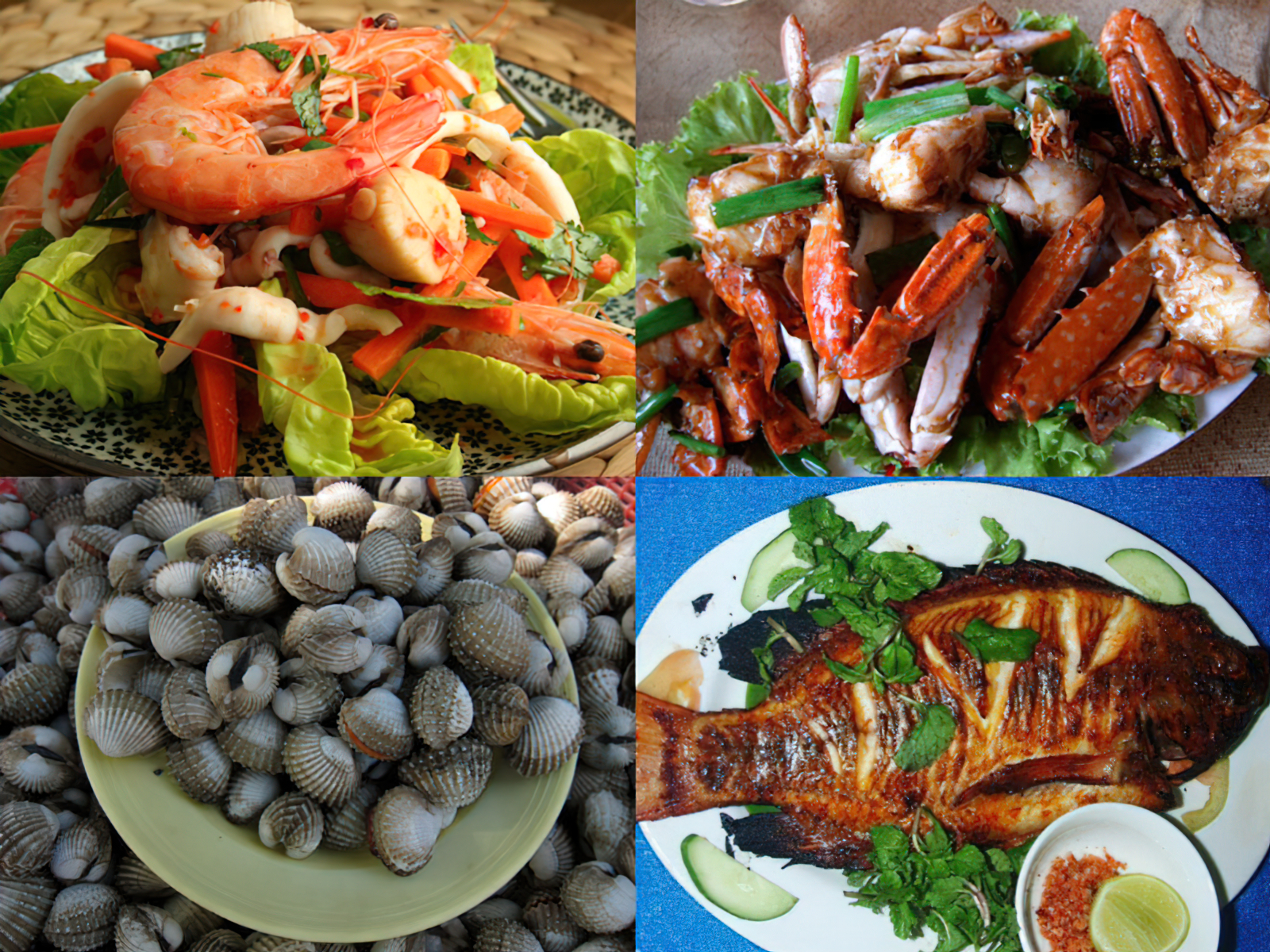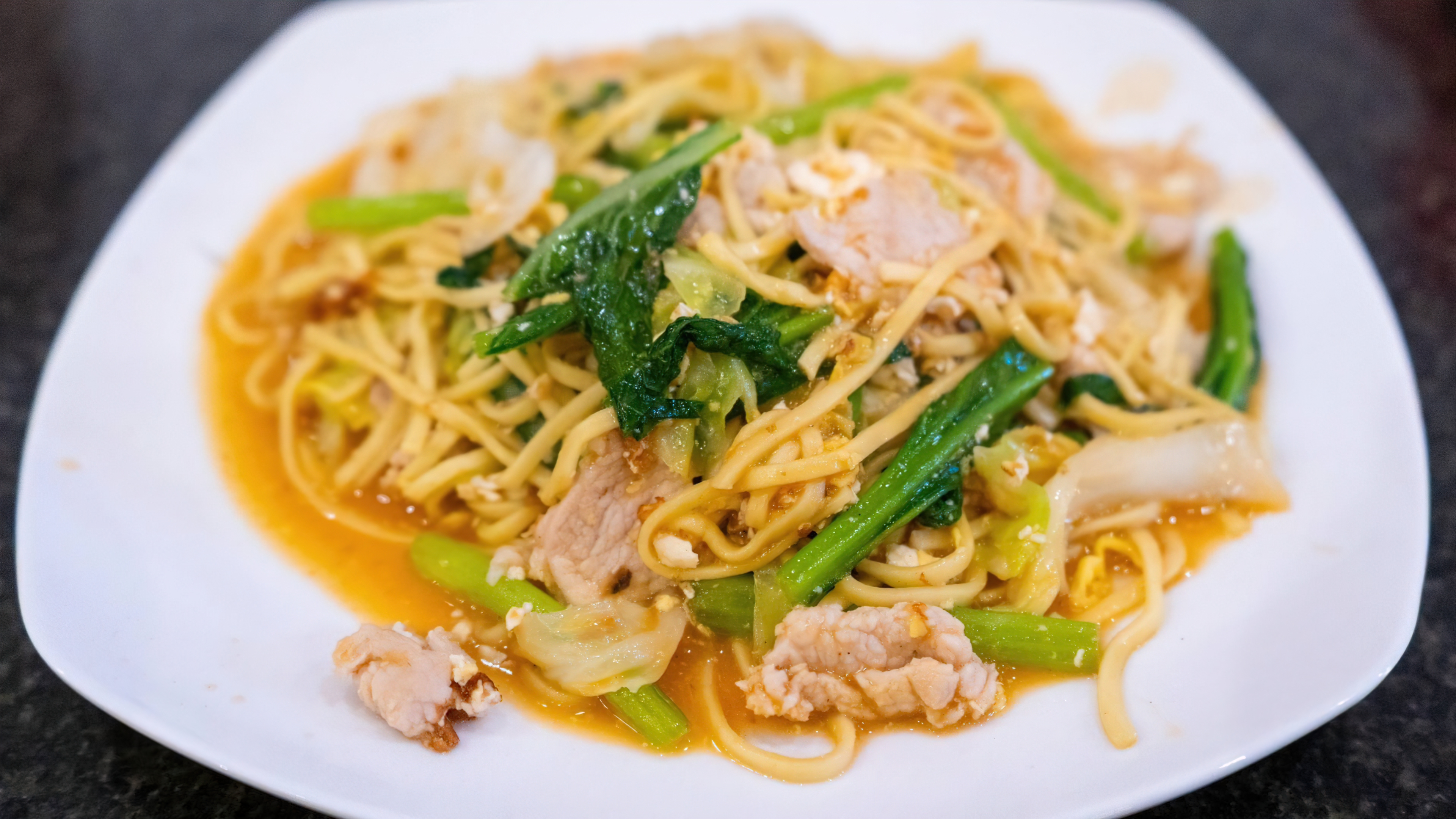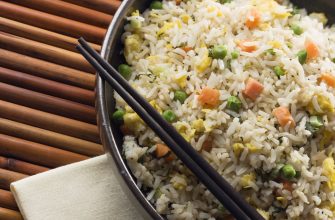Diving into the Cambodian Kitchen
Cambodian cuisine, often overshadowed by its popular neighbors, Thai and Vietnamese, offers a unique culinary experience. The country’s rich history and diverse influences have shaped a flavorful and vibrant cuisine, from Amok to Kuy Teav.
- Amok: A Quintessential Cambodian Dish
- Kuy Teav: A Breakfast Staple
- The Influence of History and Geography on Cambodian Cuisine
- The Simplicity and Balance of Cambodian Dishes
- Cambodian Street Food: A Gastronomic Adventure
- Num Pang: A Taste of East Meets West
- Nom Banh Chok: Cambodia’s Favorite Noodle Dish
- The Role of Fermentation in Cambodian Cuisine
- Embracing Cambodia’s Sweet Tooth: Num Chak Kachan
Amok: A Quintessential Cambodian Dish
Amok is the soul of Cambodian cooking, a dish as vibrant as the country itself. Traditionally made with freshwater fish, Amok is a fragrant curry cooked with coconut milk and a special Khmer curry paste. The paste combines lemongrass, turmeric, garlic, shallots, and galangal to create a deeply aromatic base. Wrapped in banana leaves and steamed, Amok unfolds a delicate play of spices, offering a perfect balance of sweet, sour, salty, and spicy flavors. The result is a melt-in-your-mouth dish that truly embodies the spirit of Cambodian cooking.
Kuy Teav: A Breakfast Staple
Kuy Teav is a popular breakfast noodle soup in Cambodia. Made from pork or beef bones, the broth is simmered for hours to extract maximum flavor. Rice noodles, topped with a choice of meat like pork, beef, or seafood, and garnished with aromatic herbs, complete the dish. The soup is traditionally served with condiments like lime wedges, chili sauce, and hoisin sauce, allowing each diner to customize their bowl. The harmonious blend of textures and flavors makes Kuy Teav a comforting start to any day.
The Influence of History and Geography on Cambodian Cuisine
Cambodia’s cuisine has been shaped by its history and geographical location. The mighty Mekong River and Tonle Sap Lake provide a bounty of fish and rice, forming the backbone of Cambodian cuisine. The country’s tumultuous past, with influences from India, China, and France, has also left a mark on its culinary landscape. The Indian influence is evident in the use of spices and curry pastes, while Chinese contributions are seen in the numerous stir-fries and noodle dishes. The remnants of French colonial rule can be seen in the baguettes sold at street stalls, often filled with pate and pickles, a unique blend of East meets West.
The Simplicity and Balance of Cambodian Dishes
Despite the diverse influences, Cambodian cuisine maintains a distinct identity. It revolves around simplicity and balance, with each dish carefully constructed to ensure harmony of flavors. Fresh ingredients, aromatic herbs, and fermented sauces are commonly used, adding layers of depth to the dishes. Rice, in its various forms, is a staple, accompanying almost every meal.
Cambodian Street Food: A Gastronomic Adventure
Venturing out onto the streets of Cambodia, one is greeted with an array of smells and sights. The bustling street food scene is a treasure trove of culinary delights, showcasing the best of Cambodian cuisine. Among the must-tries are Num Pang, Cambodia’s take on the sandwich, and Nom Banh Chok, a popular rice noodle dish.
Num Pang: A Taste of East Meets West
Num Pang, a relic of the French colonial era, is a perfect blend of Cambodian flavors in a Western format. Similar to a Vietnamese Banh Mi, Num Pang is a baguette sandwich filled with meat or tofu, pickled vegetables, fresh cucumber, and cilantro, topped with spicy chili sauce or mayonnaise. The crusty baguette, a legacy of the French, contrasts with the Asian fillings, creating an unforgettable fusion of flavors.
Nom Banh Chok: Cambodia’s Favorite Noodle Dish
Nom Banh Chok, often referred to as ‘Khmer noodles,’ is a beloved breakfast dish in Cambodia. These rice noodles are typically topped with a fish-based green curry gravy made from lemongrass, turmeric root, and kaffir lime. Fresh mint leaves, bean sprouts, banana blossom, cucumber, and other greens are served on the side, adding a fresh and crunchy contrast to the soft noodles and the creamy curry.
The Role of Fermentation in Cambodian Cuisine
Fermentation plays a significant role in Cambodian cuisine, as it does in many other Asian culinary traditions. Prahok, a fermented fish paste, is a quintessential ingredient that lends a unique flavor to many dishes. Despite its pungent smell, Prahok imparts a rich umami flavor that is integral to Cambodian cooking.
Embracing Cambodia’s Sweet Tooth: Num Chak Kachan
No exploration of Cambodian cuisine would be complete without mentioning its desserts. Num Chak Kachan, a layered jelly dessert, is a favorite. Made with coconut milk, pandan leaves, and sago, this colorful dessert is a delight for the eyes as well as the palate. It encapsulates the sweetness and vibrancy of Cambodian cuisine.
In summary, the culinary world of Cambodia is as diverse and vibrant as its culture. From the street food stalls serving Num Pang and Nom Banh Chok to the ubiquitous use of fermented ingredients, Cambodian cuisine is a testament to the country’s rich history and fertile land. Its unique blend of flavors, from the creamy Amok to the sweet Num Chak Kachan, provides a culinary adventure that is sure to excite and surprise. So, the next time you think of Asian food, don’t forget to include the flavors of Cambodian cuisine in your exploration.

